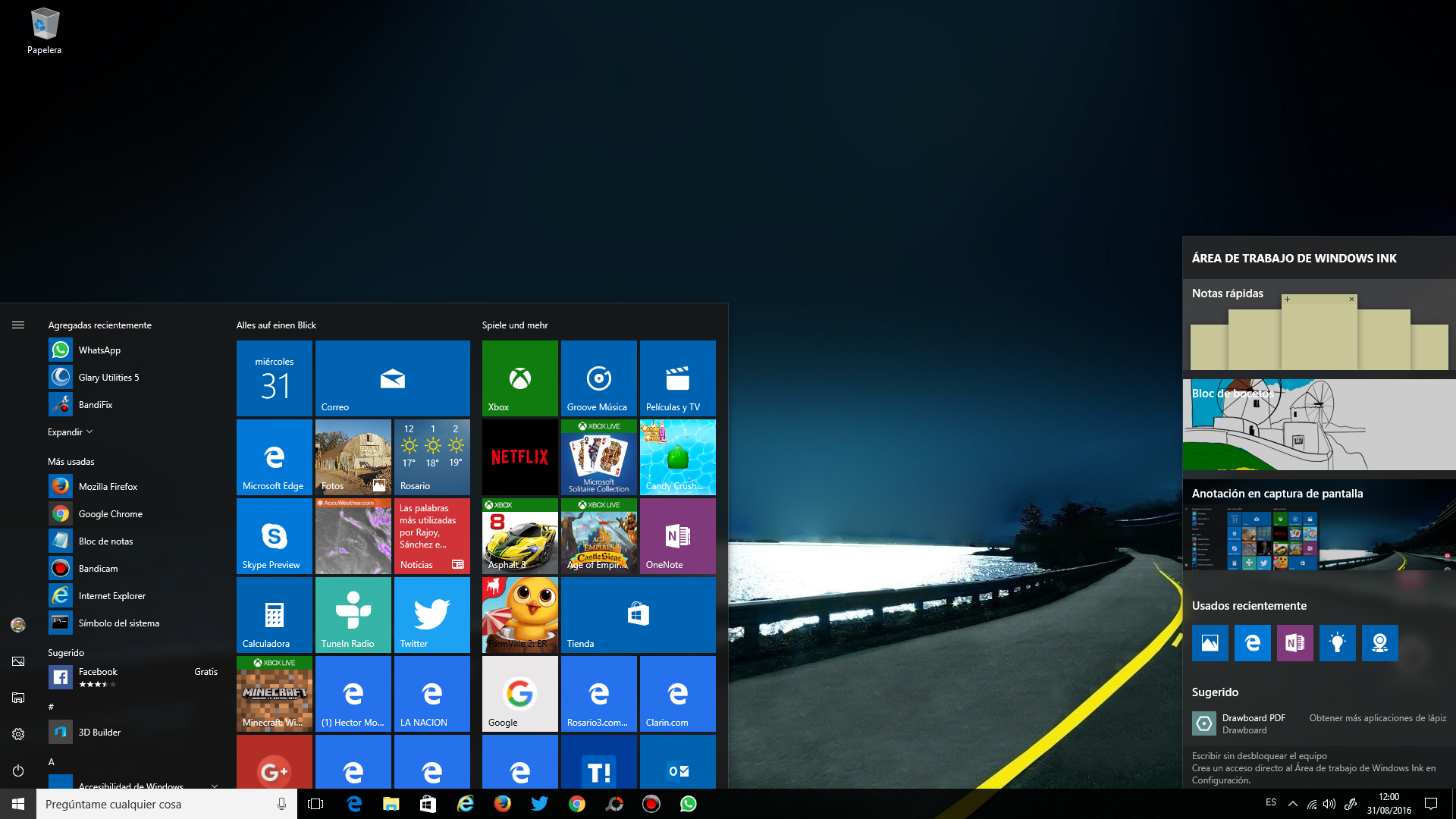
When you first turn on your computer, there'll be a small line of text telling you which button to press to enter BIOS. The process for each computer (or motherboard if you're building a gaming PC) will be different. If it doesn't automatically boot to the drive, you'll need to reboot your computer into its BIOS firmware - usually done by pressing Esc, F2, or a similar key while the computer is starting up - and change the boot drive or "bootmenu" to your flash drive. Your PC should boot to the drive, giving you the option to install Windows. Going forward, if you need to install or reinstall Windows, you can connect the drive to your computer and reboot it. The download links for the V4 downloads are still provided for those that prefer to work with the V4 bootable images.When the tool is done, click Finish and remove the USB drive from your computer. In order to run MemTest86, PCs with legacy BIOS platform must use the older V4 release of MemTest86. However, you must use either Windows, Linux or Mac to create a bootable USB drive.įor information on creating a boot disk in Linux/Mac, visit the Technical Information pageĪs MemTest86 V10.5 supports only the newer UEFI platform, older PCs without UEFI support would be unable to boot MemTest86. The version of Windows, Linux, or Mac being used is irrelevant for execution.

Please download the older V4 BIOS release of MemTest86 instead.

On machines that don't support UEFI, MemTest86 will not boot.


 0 kommentar(er)
0 kommentar(er)
